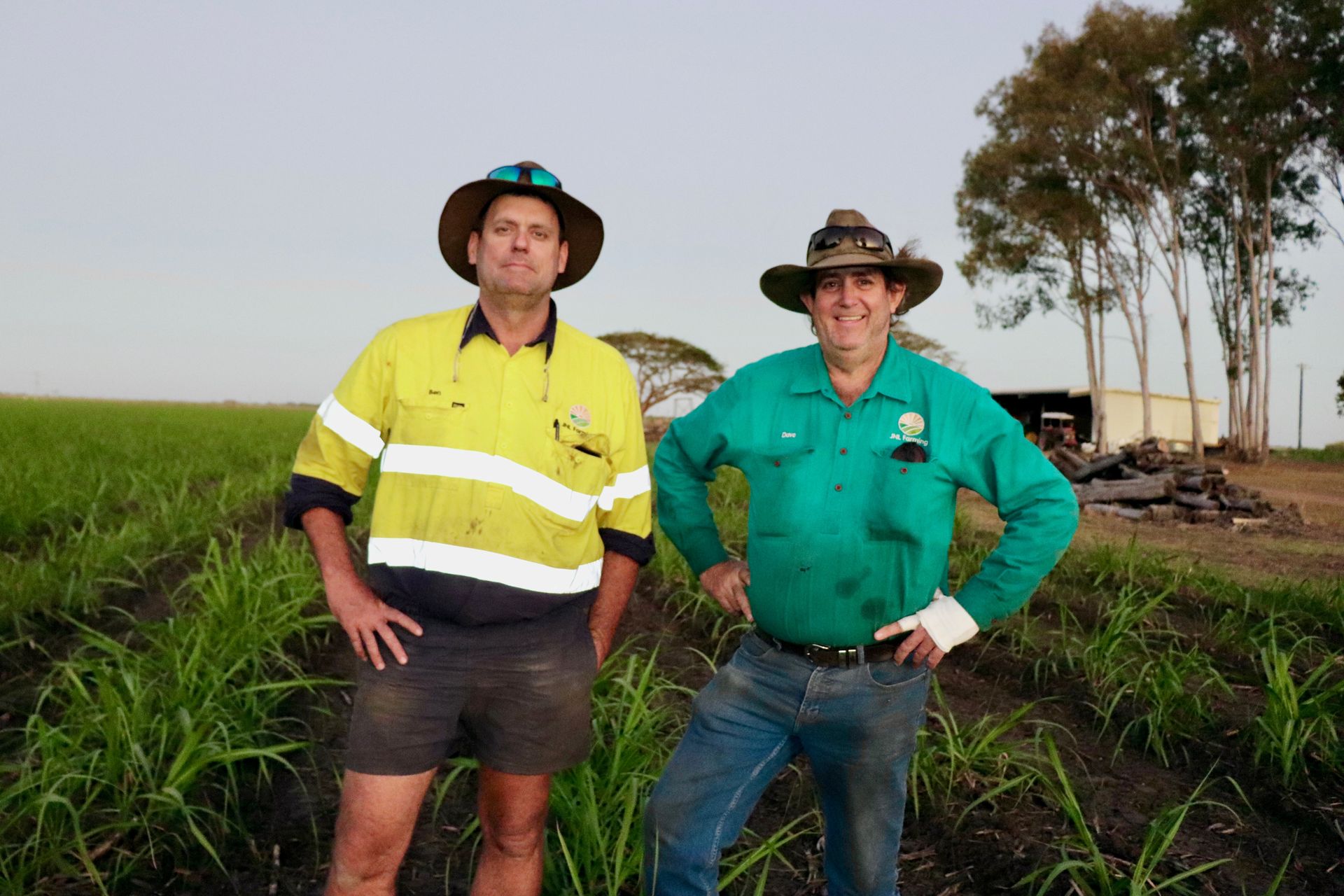1MG FlippingBooks
Aus agtech start-up raises tens of millions in funding round
Cameron Magusic summarises the fortnight's agriculture news from around Australia

Australian agtech start-up AgriWebb has raised $30 million in a recent funding round, the company has announced.
Backers include Canadian telco TELUS and the federal government’s Clean Energy Finance Corporation (CEFC), Peter Dinham writes for ITWire.
AgriWebb digitalises farm management processes, with co-founder Kevin Webb telling the Australian Financial Review’s Yolanda Redrup that farmers on the platform have experienced a 7.5 per cent increase in productivity.
The CEFC’s investment will be used to track the level of livestock methane emissions and the level of carbon that soil is sequestering.
CEFC CEO Ian Learmonth told the Review, ‘Improving soil carbon levels can help reduce atmospheric carbon, offering another pathway to decarbonise the agricultural sector.’
New agricultural databases are set to provide Australian farmers with more data about the climate and general farming information.
The Climate Services for Agriculture program will provide primary producers with more personalised information covering ‘future drought and climate risks’ in their region, AAP reports.
Agriculture minister David Littleproud said the regions to be featured in a pilot of the database are currently being identified.
A separate national database being developed by the Australian Bureau of Statistics (ABS), the Australian Bureau of Agricultural Resource Economics and Sciences (ABARES), and the federal government’s Data Integration Partnership for Australia, will provide farmers with information on key issues such as climate change and drought.
The Agricultural Data Integration Project has been collated with data from the ABS and ABARES since 2000, the Daily Liberal reports.
ABARES executive director Dr Steve Hatfield-Dodds said ‘The project represents an important milestone both for efforts to extract the best possible value and insight from existing government datasets.’
A new method to produce ammonia renewably has been demonstrated by New South Wales researchers, which may allow farmers to produce it on demand.
University of New South Wales chemical researchers Emma Lovell, Ali (Rouhollah) Jalili and Patrick Cullen published their findings in Energy and Environment Science, the university has announced.
The method involves generating nitrite and nitrate in water at high levels and high energy efficiency and using a catalyst.
Australian Research Centre Training Centre for Global Hydrogen Economy co-director Rose Amal said the method could enable solar farms to make ammonia and then export it.
Please contact me on LinkedIn here for any Australian agriculture news that’s caught your eye.
















